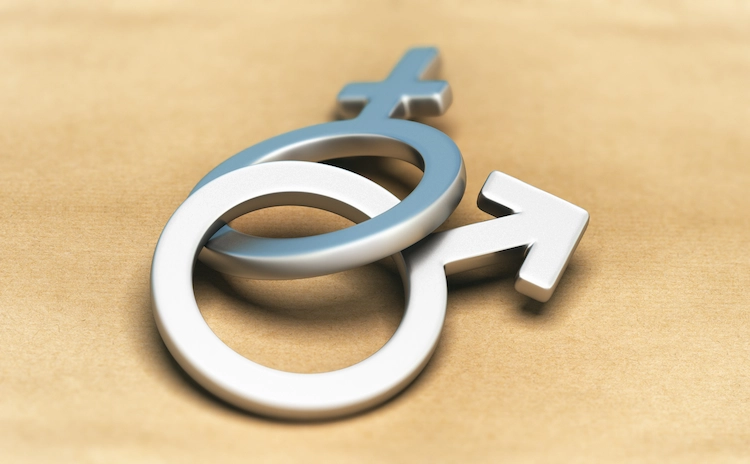New York v. Connecticut: Court’s First Exercise of Original Jurisdiction
Historical
In New York v. Connecticut, 4 U.S. 1 (1799), the U.S. Supreme Court first exercised its original jurisdiction to decide a legal dispute between two states. The dispute involved a strip of land over which the states of New York and Connecticut both claimed jurisdiction.
The Facts of New York v. Connecticut
The New York v. Connecticut case involved a tract of land known as the “Connecticut Gore” region, over which New York and Connecticut both alleged ownership and subsequently sold land parcels to third parties. The State of Connecticut granted the land to Jeremiah Halsey and Andrew Ward, who agreed to complete the construction of Connecticut’s new state house in exchange for the property interest. The men formed a land development company, which subsequently sought to remove several New York residents who were living on the Connecticut Gore by filing an action for ejectment in the United States Circuit Court for the District of Connecticut.
The defendants objected to the suit, arguing that the land was owned by the State of New York and therefore, any dispute must be decided by its courts. After a number of procedural rulings regarding the proper forum for the suit, the State of New York filed a bill in equity against Connecticut and the plaintiffs for an injunction to stay the ejectment proceedings.
The Legal Background
Article III of the U.S. Constitution establishes the Supreme Court’s original jurisdiction. The term refers to cases that proceed directly to the Court rather than first proceeding through the appellate process.
Pursuant to Article III, Section 2:
The judicial power shall extend to all cases, in law and equity, arising under this Constitution, the laws of the United States, and treaties made, or which shall be made, under their authority;–to all cases affecting ambassadors, other public ministers and consuls;–to all cases of admiralty and maritime jurisdiction;–to controversies to which the United States shall be a party;–to controversies between two or more states;–between a state and citizens of another state;–between citizens of different states;–between citizens of the same state claiming lands under grants of different states, and between a state, or the citizens thereof, and foreign states, citizens or subjects.
The Court’s Decision
The Supreme Court concluded that sufficient notice was provided. As explained by Chief Justice Oliver Ellsworth, “The design and effect, however, of injunctions, must render a shorter notice reasonable notice, in the case of an application to a Court, than would be so construed, in most cases of an application to a single Judge.”
Nonetheless, the Court denied the injunction after finding that the State of New York did not have standing to bring the suit because it was not a party to the ejectment suits it was seeking to enjoin. “[A]s the State of New-York was not a party to the suits below, nor interested in the decision of those suits, an injunction ought not to issue,” the Court held. Accordingly, the Court found that the dispute was not truly between the two states after all.
Previous Articles
Supreme Court Upholds Tennessee Law Banning Transgender Care for Minors
by DONALD SCARINCI on July 10, 2025
In United States v. Skrmetti, 605 U.S. ____ (2025), the U.S. Supreme Court held that Tennessee’s ...
Supreme Court Rejects Mexico’s Suit Against U.S. Gun Manufacturers
by DONALD SCARINCI on July 8, 2025
In Smith & Wesson Brands v. Estados Unidos Mexicanos, 605 U.S. ____ (2025), the U.S. Supreme Co...
SCOTUS Sides With Employee in Reverse Discrimination Case
by DONALD SCARINCI on July 2, 2025
In Ames v. Ohio Department of Youth Services, 605 U.S. ____ (2025), the U.S. Supreme Court held tha...
The Amendments
-
Amendment1
- Establishment ClauseFree Exercise Clause
- Freedom of Speech
- Freedoms of Press
- Freedom of Assembly, and Petitition
-
Amendment2
- The Right to Bear Arms
-
Amendment4
- Unreasonable Searches and Seizures
-
Amendment5
- Due Process
- Eminent Domain
- Rights of Criminal Defendants
Preamble to the Bill of Rights
Congress of the United States begun and held at the City of New-York, on Wednesday the fourth of March, one thousand seven hundred and eighty nine.
THE Conventions of a number of the States, having at the time of their adopting the Constitution, expressed a desire, in order to prevent misconstruction or abuse of its powers, that further declaratory and restrictive clauses should be added: And as extending the ground of public confidence in the Government, will best ensure the beneficent ends of its institution.





